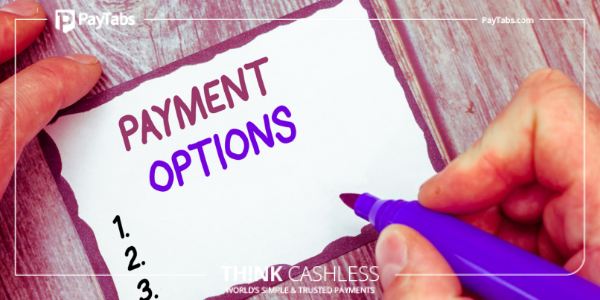How Offering Alternate Payment Methods Provides a Competitive Edge
Posted on

With e-commerce gradually taking centre stage, online shopping is emerging to be a highly competitive space. Every merchant is keen to include differentiating factors based on customer convenience and choice to stand out from competition. One such feature is offering alternate payment methods to the customer. We shall look at how offering alternative payment methods can help one stay ahead of one’s business rivals.
- Let the customer choose: Just like with products, customers like to be presented with choice when it comes to payment methods. For a global e-commerce business, it is important to identify the locally preferred, accepted payment methods. This option varies among different geographies, regions, industries, age groups, and devices i.e. smartphone, tablet or laptop used to make the purchase. For example, it is not practical to enter card details in a mobile. In such a case, digital wallets might be popular. In another study, it has been found that millennials prefer text to talk in case of payment methods.
- Adapt to local tastes: There are several e-commerce payment options available like direct bank transfers, direct debit, digital wallets, cash on delivery, phone and mobile payments, prepaid cards, money order, online invoices, digital currencies and specific local payment modes. A payment solutions company with a global network would be able to provide valuable insight about the most commonly used payment option. The data analytics would enable higher sales conversion.
- Fraud risk evaluation: One can use digital solutions that provide real-time information on the most suitable payment method to be provided to a shopper, after an automated background verification of customer credentials. The shopper’s delivery address, device location and other specific data can be used to assess the risk profile by the time the customer reaches the payment page. This offers dual advantages of providing appropriate payment methods as well as reducing incidents of fraud.
- Customer recognition: It is best to provide customized payment options of at least 3 modes. This can be determined based on the past purchase trends like value, frequency and the use of a particular payment mode. This would help provide seamless payment processing based on intuitive data.
- Multi-currency support: It is best to opt for online payment platforms that support multiple currencies or provide an accurate currency conversion option. Often, a customer might be travelling internationally and would need to make a purchase from an e-commerce merchant. In such a case, a payment gateway that offers payment acceptance across payment modes in multiple currencies can be a huge advantage.
- Secure payment processing: To win the trust of the customer, it is vital to provide secure payment solutions that comply with the highest security standards. Only then would the customer be willing to save confidential details of payment modes like credit card or debit card on the e-commerce website. This saves time during the checkout process as the details will be pre-filled. Some modes like EMV chips can negate any scope for credit card fraud.
- Enhance value: One could offer frequent customers the option to pay with reward points or loyalty cards. Co-branded cards that offer rewards like discounts, etc would encourage higher spending with certain merchants. Certain digital wallets also enable the storage of ID cards issued by Government authorities.
Technology is redefining the way we think about payment modes. Gone are the days when one had limited options of cash, cards and net banking. A whole plethora of alternative payment methods are available to cater to the preferences of every wallet, demography, market and business type. A one-size-fits-all approach would prove counterproductive and might result in losing out valuable business to the competition. One needs to find the right payment mix that works best for the unique needs of each business segment and customer profile.
